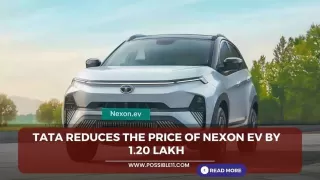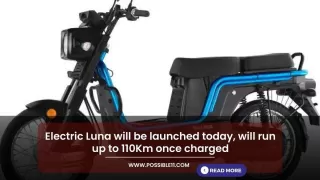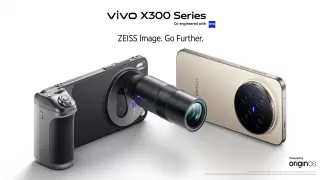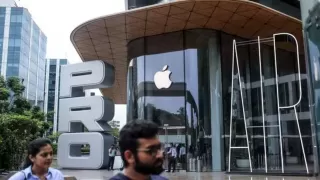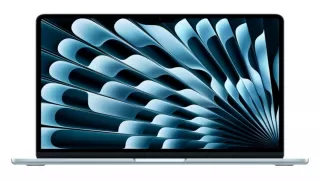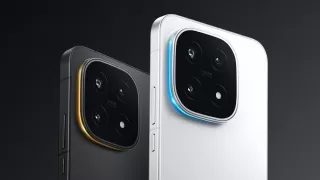What Is Digital Rupee The Reserve Bank of India is set to launch the pilot of its central bank digital currency (CBDC), which it categorizes as legal tender in a digital form. Commonly known as the digital rupee, it will be exchangeable at par with existing currencies and will be considered acceptable for payments and a safe store of value.
Also being called the e₹ or the digital rupee, CBDC issued by the RBI is aimed at creating an additional option to use money and isn’t very different from the currently-issued banknotes; only the digital rupee is expected to be transacted digitally and facilitate ease of use.
The digital rupee is the RBI’s accepted version of cryptocurrencies, which the central bank has dismissed repeatedly and called a serious challenge to the stability of the financial system of the country.
What’s RBI’s Concept Of CBDC
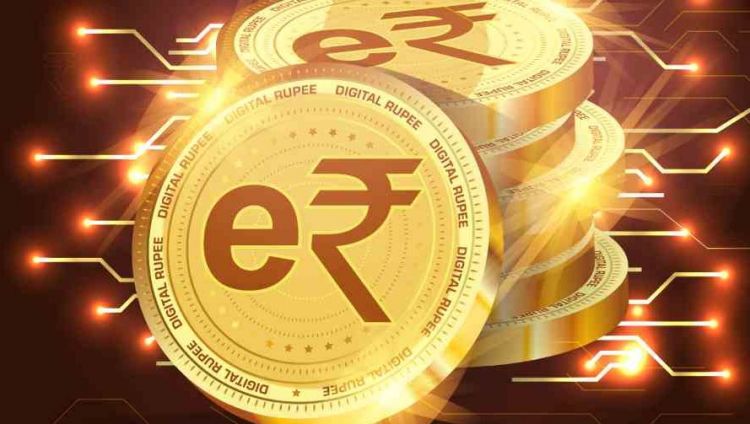
A reimagined and digital version of the physical currency, the same as sovereign paper currency
Exchangeable at par with the existing currency and accepted as a medium of payment
A legal tender and a safe store of value
What Are The Advantages Of Digital Rupee
Here are some of the advantages of digital currency
Faster Mode of Payment

Digital currency can make your payments much faster than current means like automated clearing houses or wire transfers that take days for financial institutions to confirm a transaction.
Cheaper Global Transfers
At times global transactions can get very expensive. Individuals are charged high fees to move funds from one nation to another, especially when it includes currency conversions. Digital assets could interrupt this market by making the transaction cost-effective and quick.
24/7 Availability

Digital currency transactions work at the same speed i.e. 24 hours a day and seven days a week. On the other hand, existing money transfers frequently take more time during weekends and outside normal working hours because banks are shut and cannot confirm transactions.
No Manufacturing Required
Physical currencies have many requirements such as the establishment of physical manufacturing facilities. Whereas, in digital currencies, no such expense is involved. Also, digital currencies are immune to soiling or physical defects that are present in physical currency.
What Are The Disadvantages Of Digital Rupee
Here’s a list of some drawbacks of digital rupee:
The crypto popularity is a downside. According to the head of Sidley’s FinTech and Blockchain group Lilya Tessler, across different blockchains, there are several digital currencies being created with their own limitations.
It will take a certain amount of time to decide which digital currencies in certain cases might be appropriate to use.It also includes whether a few are designed to scale for mass adoption.
Costly Transaction
Crypto uses blockchain technology where computers must resolve complex equations to validate and record transactions. This in turn takes a significant amount of electricity, the more the transaction the more the expense.
However, this would probably not exist for the central bank of digital currencies as complex consensus processes are not required and CBDC would likely oversee it
Steep Learning Curve
On the part of the user, digital currencies require work to learn fundamental tasks like how to open a digital wallet and securely store digital assets. For the wide adoption of digital currencies, the system needs to be simplified.
Cryptocurrency Vs Digital Rupee

According to the RBI, “a CBDC is a legal tender issued by a central bank in a digital form. It is the same as a fiat currency and is exchangeable one-to-one with the fiat currency. Only its form is different.”
But a CBDC can’t be exactly compared to cryptocurrencies.
“Unlike cryptocurrencies, a CBDC isn’t a commodity or claims on commodities or digital assets. Cryptocurrencies have no issuer. They are not money (certainly not currency) as the word has come to be understood historically,” as said in the announcement made by RBI.
The CBDC is the digital avatar of paper currency issued by central banks like RBI and should be exchangeable with cash. The commonly-known digital rupee is a currency that the RBI issues and the digital rupee will have the same function, but it won’t be a decentralised asset like cryptocurrencies. Digital rupee will be a currency issued by central banks responsible for governing and managing the asset.
The digital rupee will be a legal tender, which means you can use it to buy what you want. For example, digital wallets, NEFT and IMPS are examples of digital rupees. So, when the RBI starts circulating the digital rupee, all citizens of India can use it.
How to use the digital rupee in India
Take a look at the following points before you proceed with buying or making transactions with the digital rupee (e₹-R) pilot:
The RBI issues the retail digital rupee as an electronic token.
A closed user group (CUG) consists of participating merchants and customers. The e-pilot cover selected locations in CUG.
The e-rupee will be issued in the same denominations, followed by paper currency or coins. It is a digital token of the prevailing money that will be distributed through banks as an intermediary.

Your bank will offer a digital wallet that you can use on your smartphones or laptops for online transactions of e-rupee.
You can opt for both person-to-person (P2P) and person-to-merchant (P2M) transactions using QR codes displayed at malls or shops.
Though digital, the e₹-R comes with all features of physical cash like safety, settlement finality, trust, etc.
You can convert the digital rupee into other forms of money like bank deposits, but it will not earn any interest.
The e-rupee pilot will conduct a real-time assessment of the retail use of digital rupees, distribution, and the stability of complete creation. Furthermore, according to this assessment, the RBI will evaluate different uses and aspects of the digital token.
Also Read: What is a hydrogen car and how do they work?






